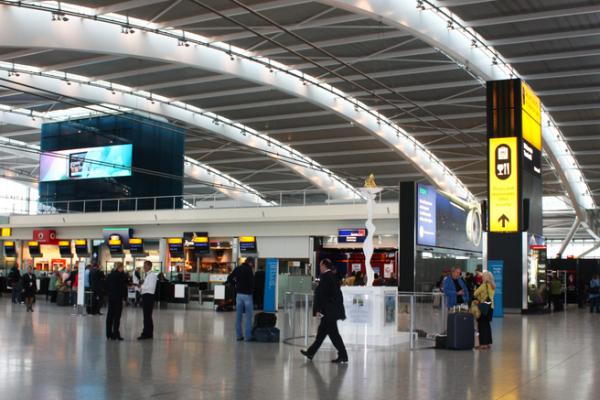At the start of 2019, Resilience First commissioned a study of several airports in the UK and their business partners to identify best practice and areas for improvement in resilience.
The study, carried out by Thornton Tomasetti, focused on the agility aspect of resilience and included data review, interviews and an agility survey. Agility indicators around leadership, governance, corporate memory, culture, empowerment, learning, innovation and information sharing within business communities were all included.
The full report and an executive summary are now available at our Knowledge Hub.
The key recommended actions from the study are:
Linking resilience to business outcomes – Measure resilience benefits and the impact of disruptions. Link departmental business impact assessments to business goals using a systems approach.
Including resilience in new developments – Make sure resilience objectives are included and systems are adaptable to future needs.
Looking further ahead – Use horizon scanning and scenario planning to look forward and understand threats and opportunities, specifically new technologies such as automated vehicles and electric aircraft since these will disrupt current business models and infrastructure provision.
Harnessing technology – Utilise and share real-time data as well as harnessing new technologies such as AI in control systems, automated vehicles, electric aeroplanes and security systems.
A community/systems approach – Use a systems approach to understand all partners that contribute to business delivery and engage in resilience planning.
For further reading, please visit our Knowledge Hub.


